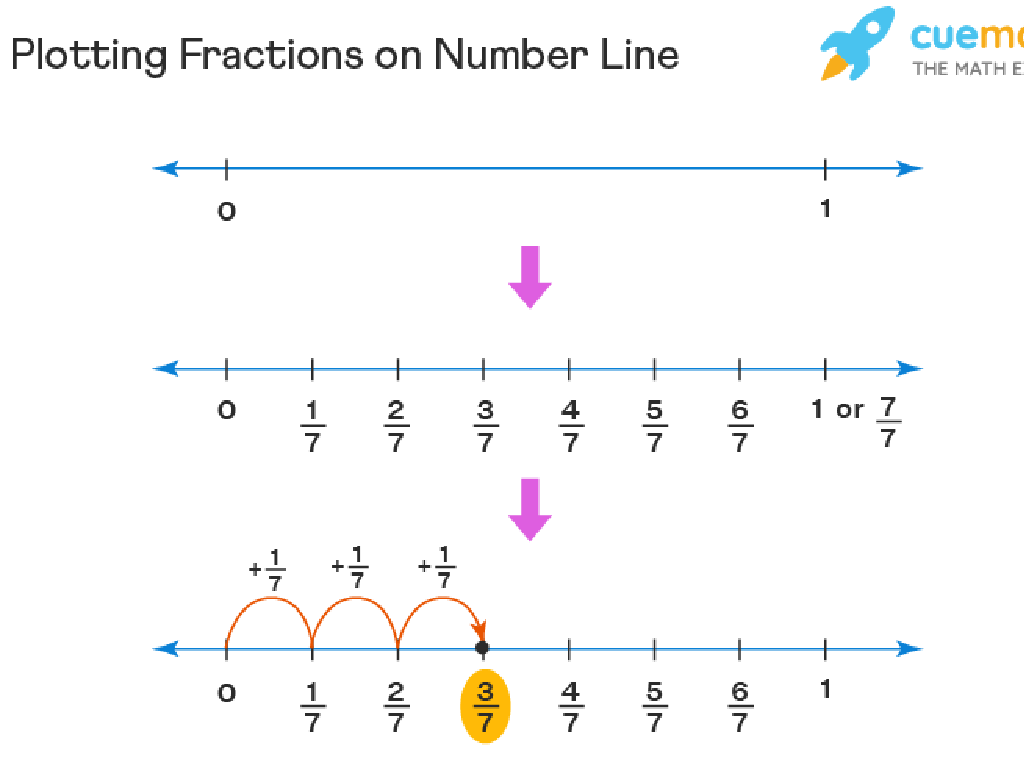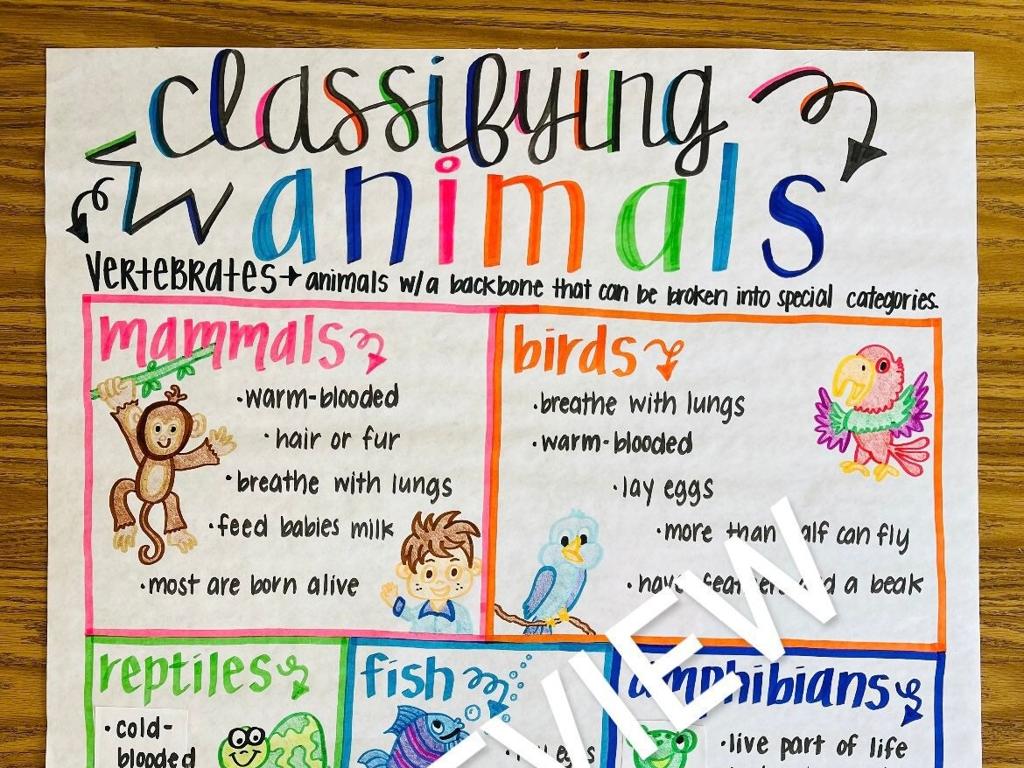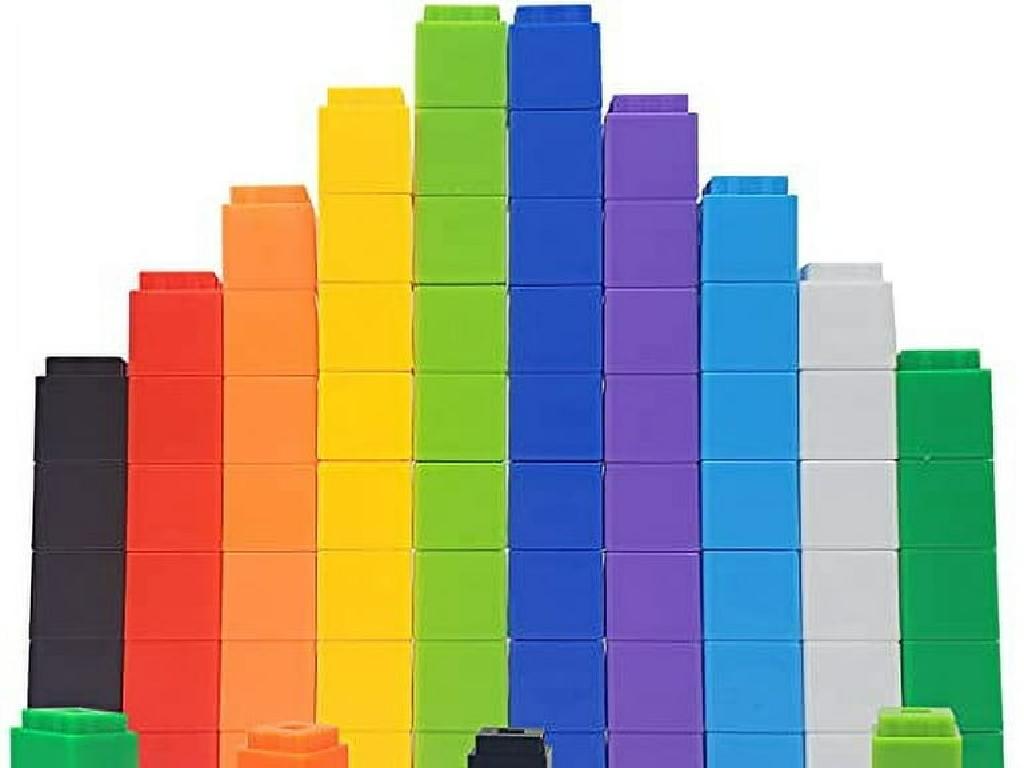Compare Temperatures On Thermometers
Subject: Science
Grade: Second grade
Topic: Weather
Please LOG IN to download the presentation. Access is available to registered users only.
View More Content
Weather Wonders: Temperature Comparison
– Learn about temperature
– Read temperatures on thermometers
– Look at the mercury level and numbers on the side
– Compare different temperatures
– Which is hotter or colder? Practice with examples
– Why temperature matters in weather
– Temperature affects what we wear and activities we do
|
This slide introduces the concept of temperature and its significance in weather to second-grade students. Begin by explaining what temperature is and how it can be felt in everyday life, like the warmth of the sun or the coldness of ice. Show them a thermometer and explain how to read it by looking at the mercury level and the numbers on the side. Use simple examples to practice comparing temperatures, such as comparing the temperature of a sunny day to a snowy day. Discuss why temperature is important, such as how it influences our clothing choices and daily activities. Encourage students to think about how they decide what to wear each day based on the weather forecast.
Understanding Temperature
– What is temperature?
– It tells us how hot or cold things are
– Thermometers measure temperature
– A thermometer is a tool for measuring how hot or cold something is
– Temperature is in degrees
– Degrees are the units used to measure temperature
– Why temperature matters
|
This slide introduces the concept of temperature to second-grade students. Begin by explaining that temperature is a way to tell how hot or cold something is, similar to how we use inches to measure how tall we are. Show them a thermometer and explain that it is a special tool we use to find out the temperature of things. Discuss that temperature is measured in units called degrees, and there are different scales like Fahrenheit or Celsius that we can use. Emphasize the importance of temperature in everyday life, such as dressing appropriately for the weather or knowing if food is cooked. Use simple, relatable examples to help them understand, like comparing a warm day to a cold one, or a hot soup to a frozen popsicle.
Exploring Weather Thermometers
– Different types of thermometers
– Some measure weather, cooking, or body temperature
– Thermometers for various uses
– Weather ones measure air, cooking ones check food, body ones check if we’re sick
– Focusing on weather thermometers
– We’ll learn how they tell us if it’s hot or cold outside
|
This slide introduces the concept of different types of thermometers and their uses. Emphasize that thermometers are tools that help us measure temperature in different contexts: weather thermometers for the air temperature, cooking thermometers for food, and medical thermometers for our body temperature. For this lesson, the focus will be on weather thermometers, which are used to determine how hot or cold it is outside. This is an essential part of understanding weather patterns and preparing for the day. Encourage students to think about why it’s important to know the temperature outside and how it can affect their daily activities.
Reading a Thermometer
– Thermometer numbers and lines
– The scale helps us understand how hot or cold it is
– Liquid shows temperature
– As it gets hotter, the liquid rises; it falls when it’s cooler
– Read where liquid stops
– The number by the liquid’s top tells us the temperature
|
This slide introduces students to the basics of reading a thermometer, which is a tool used to measure temperature. Explain that the numbers and lines on a thermometer are part of a scale that helps us determine the temperature. The liquid inside the thermometer, usually mercury or colored alcohol, expands and moves up when it’s hot and contracts and moves down when it’s cold. Teach students to read the temperature by looking at the number on the scale where the top of the liquid rests. Use a large classroom thermometer to demonstrate how to read it, and consider bringing in thermometers with different temperature ranges to show variety. Encourage students to ask questions and provide them with simple practice exercises to reinforce the concept.
Comparing Temperatures with Thermometers
– Comparing means finding differences
– Thermometers measure hot or cold
– A tool that shows how hot or cold things are
– Which place is warmer? Let’s see!
– We’ll use thermometers to see if it’s hotter in the classroom or outside
– Observing two thermometers
– Look at the mercury level to tell the temperature
|
This slide introduces the concept of comparison in the context of temperature. Start by explaining that comparing involves looking at similarities and differences. Use simple language to describe how thermometers work and what they measure. Show two thermometers with different mercury levels and guide the students to observe which one indicates a higher temperature, thus determining which place is warmer. Encourage the students to think about everyday situations where they feel warmer or colder and relate that to the thermometer readings. This will help them understand the practical use of thermometers in daily life.
Hot and Cold: Understanding Temperatures
– Temperatures guide our day
– Hot temperatures mean higher numbers
– On a thermometer, 90°F is hotter than 50°F
– Cold temperatures mean lower numbers
– On a thermometer, 30°F is colder than 60°F
– Choosing clothes based on temperature
|
This slide is aimed at helping second-grade students understand the concept of temperature as it relates to their daily lives, particularly in choosing appropriate clothing. Explain that temperatures are measured using a thermometer and the numbers on the thermometer help us decide what to wear. Higher numbers indicate hotter weather, which means it’s suitable for wearing shorts. Lower numbers indicate colder weather, suggesting the need for a jacket. Encourage students to observe the thermometer at home or in the classroom and relate the temperature to their choice of clothing for the day. This practical application helps solidify their understanding of temperature in a fun and relevant way.
Let’s Practice Comparing Temperatures!
– Practice reading thermometers
– Write down the temperatures
– Look at your worksheet, write the temperature you see next to each thermometer
– Circle the higher temperature
– Find which thermometer has the bigger number and circle it
– Discuss our findings
– We’ll talk about which places are warmer and why
|
This slide is for a class activity where students will practice reading temperatures on thermometers and learn to compare them. Provide worksheets with pictures of thermometers showing different temperatures. Guide the students to read the temperatures and write them down. Then, instruct them to identify and circle the thermometer with the higher temperature. This activity will help students understand how to read and compare temperatures, an essential skill in understanding weather patterns. After completing the worksheet, have a discussion with the class about their findings and what those temperatures might feel like, relating it to weather they’ve experienced.
Class Activity: Temperature Hunt
– Let’s go on a temperature hunt!
– Measure temperatures in various areas
– Use thermometers in the classroom, playground, cafeteria
– Record your findings carefully
– We’ll compare as a class
|
This activity is designed to give students a practical understanding of temperature differences in various environments. Provide each student or group with a thermometer and ensure they know how to read it. Have them measure and record the temperature in the classroom, playground, and cafeteria. Back in the classroom, discuss the different temperatures recorded and why they might vary. This will help students grasp the concept of temperature variation in different settings. Possible variations of the activity could include measuring temperature near a window, by a heater, or in a shady area to explore the effects of sunlight and heating on temperature.
Wrapping Up: Temperature Fun!
– Congrats on learning temperature reading!
– Temperature guides our daily choices
– Helps decide what to wear and activities to do
– Fun activities in any weather
– Hot days for swimming, cold days for building a snowman
– Keep observing and comparing!
|
As we conclude today’s lesson, celebrate the students’ achievement in learning how to read and compare temperatures on thermometers. Emphasize the practical applications of this knowledge, such as choosing appropriate clothing and planning activities. Encourage them to think of fun things they can do in different weather conditions, reinforcing the idea that every type of weather has its own unique opportunities for enjoyment. Continue to foster their curiosity by suggesting they observe the temperature each day and notice how it affects their environment and decisions.






